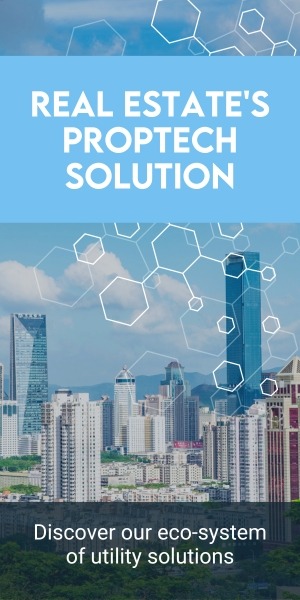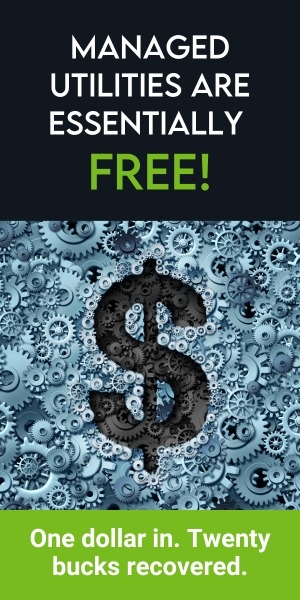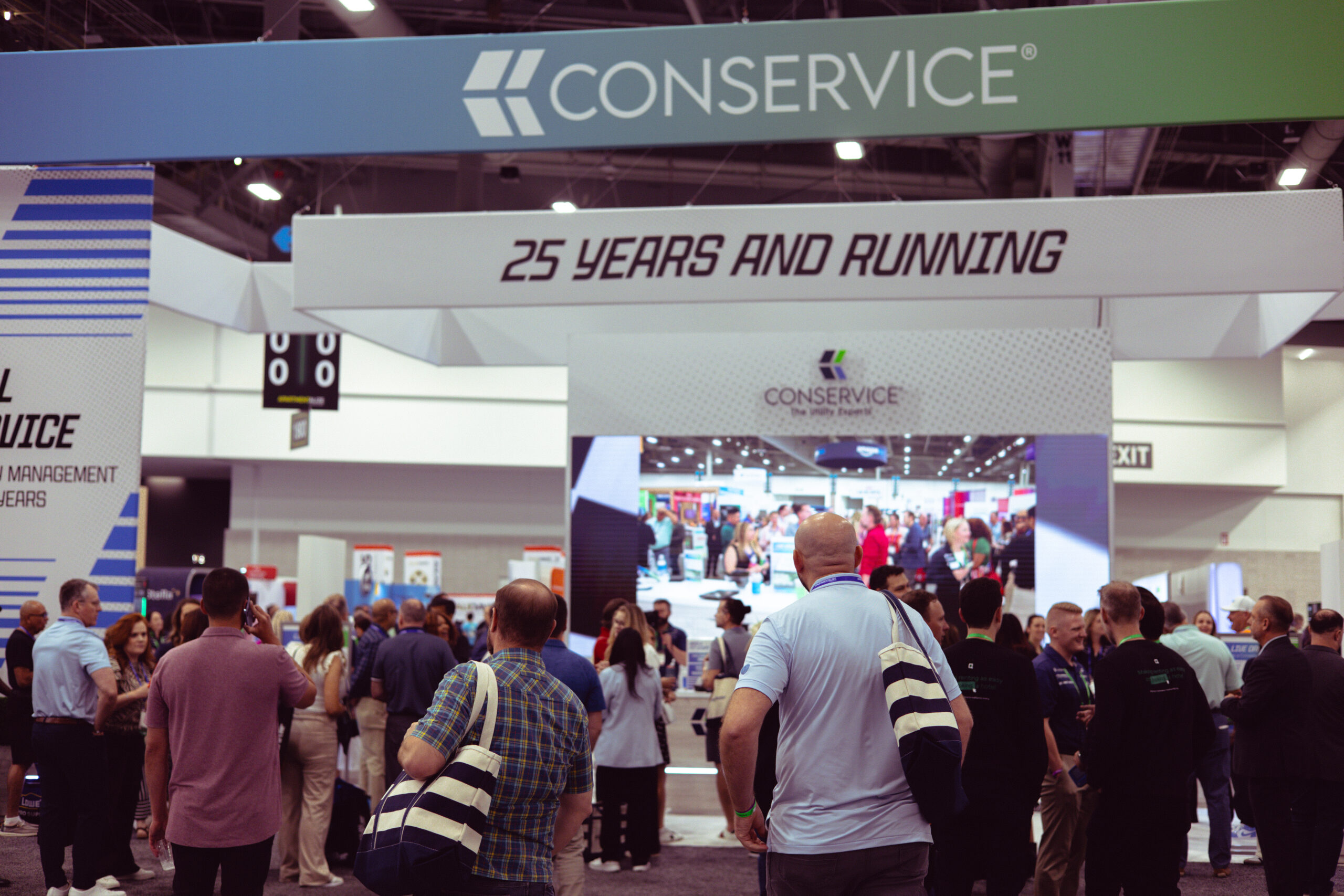Let me tell you a secret. If you were to take over my computer at any given moment, you’d probably find 30 tabs, 10 apps, and a spreadsheet all open at once. I’ll admit it: I’m no expert at centralizing my own workflow. But do not fret, I work with the real Utility Experts who know exactly how to bring order to chaos.
Much like my cluttered computer screen, scattered utility data isn’t just an inconvenience, it’s a huge money drain. That’s where centralization comes in. Centralizing utility data isn’t just about saving clicks or creating cleaner dashboards. It’s the foundation for smarter decisions, lower costs, and meeting the growing demand for sustainable operations. And when you layer in emerging technologies like AI and advanced energy management, the value doesn’t just add up. It multiplies.
Why Centralization is the Starting Point
A unified view of utility data helps property owners and operators cut through complexity. Instead of chasing down numbers across different sources, everything lives in one place: clean, consistent, and ready for action. At this year’s NAA Apartmentalize, centralization took center stage as a key driver for efficiency and innovation (read the full recap here).
The impact of centralization goes deeper than convenience. It:
- Reduces errors: Eliminates duplicate data entry and conflicting reports.
- Saves time: Staff can spend hours less per week pulling and reconciling data.
- Enables oversight: Leaders see utility spend, usage, and trends portfolio-wide, not just property by property.
Think of centralization as building the foundation of a house. Without a solid foundation, you can’t add new floors, modern technology, or stronger infrastructure. The same is true with utility data: centralization is the base layer that makes advanced tools like AI, sustainability reporting, and smart energy procurement possible.
From Data to Sustainable Action
Centralized data doesn’t just improve reporting. It also empowers real change. Today’s regulatory environment is shifting faster than ever. Cities, states, and even the federal government are introducing new requirements around emissions, building performance, and reporting. At the same time, residents are increasingly attracted to communities that reflect their own values around green living.
With centralized utility data, operators can:
- Benchmark performance across the portfolio to identify underperforming properties.
- Pinpoint inefficiencies—like buildings with unusually high water usage or poor energy performance.
- Track progress toward sustainability commitments with confidence.
This level of visibility makes compliance far less overwhelming. Instead of scrambling to meet new standards with disconnected or incomplete data, owners can approach requirements proactively. They can even go beyond compliance—using reliable data to build more attractive, efficient, and future-ready communities.
We’ve already seen how regulatory change is reshaping multifamily strategies (learn more about staying ahead of 2026 requirements) and how new administrations impact corporate responsibility (explore what property owners should know). Centralized utility data provides the backbone that makes it possible to stay agile in this evolving landscape.
Centralization Meets AI
Artificial Intelligence is the buzzword of the decade, but in property management, it’s only as powerful as the data you feed it. AI thrives on quality, structured, centralized data and without it, algorithms can misfire or provide shallow insights.
With centralized utility data, AI can:
- Identify trends in energy consumption that humans might miss.
- Predict costs months in advance, helping owners avoid financial surprises.
- Automate repetitive tasks like monitoring for anomalies or flagging billing discrepancies.
- Model “what if” scenarios to plan for changes in energy prices or occupancy.
AI is already reshaping multifamily energy management (see what’s next) and the connection between AI and centralization is clear (discover more here). However, there’s another important angle: AI itself requires enormous computing power, which drives up energy demand (read more on AI’s energy appetite).
That’s why centralization matters so much. It not only fuels AI insights but also equips operators with the visibility needed to balance technological innovation with the growing pressure to optimize energy use.
Smarter Energy Procurement
Energy procurement is one of the most high-stakes areas in multifamily operations. Prices can swing unexpectedly due to market shifts, weather events, or regulatory changes. For portfolios with fragmented data, those changes often show up as sudden spikes in utility bills—leaving owners scrambling to react.
With centralized utility data, procurement becomes proactive instead of reactive. Owners and operators can:
- Forecast costs more accurately by drawing on complete, consistent usage data.
- Negotiate better contracts with suppliers by showing clear demand patterns.
- Optimize savings by timing purchases or locking in rates when conditions are favorable.
Instead of being blindsided by unexpected increases, owners gain the foresight to plan ahead and protect their bottom line (learn more about avoiding cost surprises).
The Future is Connected
Centralization is more than a back-office fix—it’s the gateway to a connected, data-driven future. Imagine a world where:
- AI monitors your utility performance in real time, alerting you instantly to leaks, billing errors, or energy waste.
- Sustainability progress reports are generated automatically, with metrics updated daily.
- Energy contracts are optimized based on predictive models that minimize both cost and carbon footprint.
All of this is possible, but only with centralized, reliable data at the core. Without that foundation, innovation stalls.
The common thread across AI, energy management, and sustainability is clear: none of them reach their full potential without centralization. It’s the foundation for better decisions, stronger financial performance, and a path toward the sustainable solutions that residents, investors, and regulators now expect.
Utility data centralization isn’t just about pulling numbers into one place. It’s about unlocking the insights that drive a smarter, greener, and more resilient future for multifamily communities.







